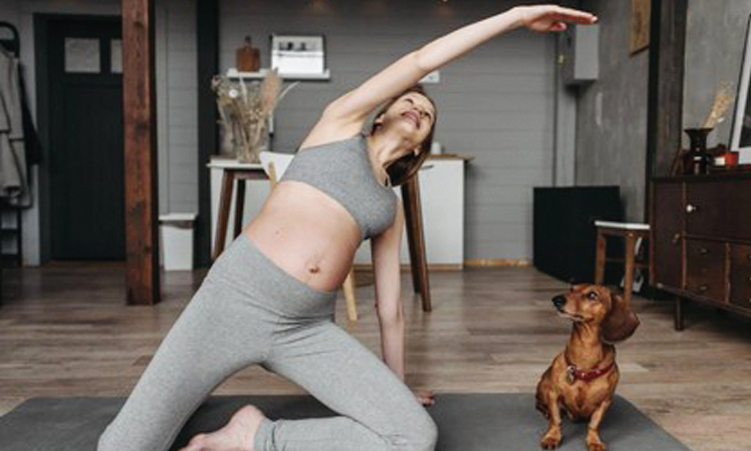Just because you’re pregnant doesn’t mean you should give up your fitness routine.
Staying active during pregnancy offers numerous benefits, including improved mood, better sleep, reduced discomfort, and smoother labour and delivery.
However, it’s important to exercise safely and make adjustments as your body changes.
Here are some essential tips for working out while pregnant.
First, get medical clearance
Before starting or continuing any exercise routine, consult your healthcare provider.
Some conditions, like placenta previa, pre-eclampsia, or a history of preterm labour, may require modified or restricted activity.
Focus on low-impact exercises
High-intensity workouts may need to be adjusted as your pregnancy progresses. Opt for safer options like:
Walking: A gentle, effective cardio workout
Prenatal yoga: Improves flexibility, balance, and relaxation
Swimming: Supports joints while providing resistance
Stationary cycling: Low-impact and reduces fall risk
Pilates: Strengthens the core and pelvic floor
Avoid risky movements
Certain exercises can be harmful during pregnancy. Steer clear of high-impact sport, exercises with a high fall risk (e.g. horseback riding or gymnastics), heavy weightlifting or exercises that strain the core (e.g. crunches), and hot yoga or workouts in extreme heat, because you risk overheating.
Listen to your body
Pregnancy is not the time to push through pain. Warning signs to stop exercising include dizziness or shortness of breath, chest pain or contractions, vaginal bleeding or fluid leakage, and severe headaches or muscle weakness.
If you experience any of these, stop exercising and contact your doctor.
Modify as your pregnancy progresses
As your belly grows, your centre of gravity shifts, increasing the risk of falls and strain. Adjust workouts by using a stability ball for support, reducing weights and focusing on form, and avoiding lying flat on your back after the first trimester.
Stay hydrated and eat well
Pregnancy increases your need for fluids and nutrients.
Drink water before, during, and after workouts, and ensure you’re eating enough to support both your activity level and your baby’s growth.
Don’t skip warm-ups and cool-downs
Gentle stretching before and after workouts helps prevent injuries and muscle soreness.
Focus on hip openers, gentle back stretches, and deep breathing. – IOL Lifestyle
Stay informed with The Namibian – your source for credible journalism. Get in-depth reporting and opinions for
only N$85 a month. Invest in journalism, invest in democracy –
Subscribe Now!










